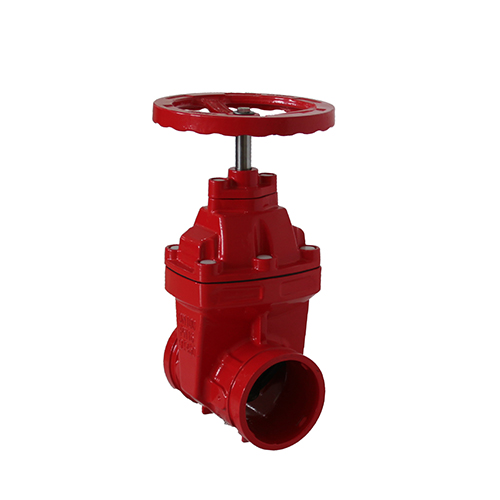Working pressure: Select the nominal pressure of the soft-sealed gate valve according to the working pressure of the pipeline system to ensure that the valve can safely withstand the pressure in the system.
Fluid temperature: Consider the temperature range of the fluid and select a soft-sealed gate valve that can work normally at this temperature.
Flow requirements: Determine the nominal diameter of the soft-sealed gate valve based on the flow requirements of the pipeline system and the maximum flow that the valve can withstand.
Material selection: Select the appropriate valve body, valve cover, valve stem, sealing ring and sealing surface materials according to the corrosiveness and temperature requirements of the pipeline medium.
Structural form: Select the appropriate structural form according to the installation space and use conditions, such as straight-through, angle or right-angle.
Operation mode: Select a manually operated or electrically operated soft-sealed gate valve according to the requirements of operational convenience and automation.
Test standards: Ensure that the soft-sealed gate valve complies with relevant national standards and industry standards, including appearance inspection, dimension inspection, sealing performance test, pressure resistance test, etc.
Installation and maintenance: Consider the installation location and maintenance requirements of the soft-sealed gate valve to ensure the normal operation and long-term use of the valve.




